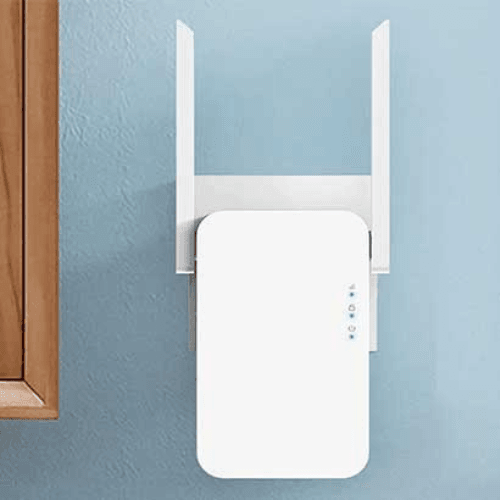Every business, no matter if they are tech-based or not, needs to invest more in its cyber security. One in 5 businesses fall victim to cyber-attacks and, with the increase in remote work over the past two years due to the pandemic, cyber security is more vulnerable than it ever has been. The transition to hybrid and remote work models has completely changed IT infrastructure for businesses and company endpoints have been moved outside of the organization’s network.
Endpoints are the first line of defense when it comes to protecting against cyber attacks, and companies require endpoint security solutions as a way to protect against and identify these threats before they pose any risk to the company. Endpoint protection has always been an important part of cyber security defense, but with remote work and BYOD (bring your own devices) becoming more commonplace in workplaces, it is even more important.
What Is Endpoint Security?
Endpoint security involves securing endpoints or entry points for end-user devices, such as laptops, desktops, and mobile devices, from being attacked or exploited. Endpoint security systems protect these endpoints from a network or cloud against cyber security threats. In the last 10 years or so, endpoint security has improved massively and it is no longer solely based on traditional antivirus software and now provides sophisticated and comprehensive protection against malware and day-to-day cyber security threats.
All businesses, no matter their size, are at risk of cyber security breaches, which is where endpoint security comes in. It is seen as the frontline of cyber security protection and is one of the first places that businesses tend to look at when they are considering securing their networks. At the volume of which cybersecurity threats are evolving, threats have steadily grown. This means that the requirement for more sophisticated endpoint security solutions is also on the increase.
Why Is Endpoint Security Important?
Endpoint security is vital for cybersecurity for many different reasons. In today’s business-led world, data is the most valuable asset and, to lose that data, or allow access to that data, could put the entire business at risk. Businesses now also need to contend with not only a growing number of endpoints but also an increase in the different types of endpoints. These factors make endpoint security more difficult to monitor on its own but combine this with remote work and BYOD agreements, and it instantly creates vulnerabilities within the system.
The cyber threat landscape is becoming increasingly more sophisticated and volatile, with hackers coming up with new ways to gain access to sensitive information. Add into this the cost of reallocating resources to addressing cyber threats, and it’s easy to see why endpoint protection has become more regarded in terms of security must-haves.
How Does Endpoint Protection Work?
Endpoint protection works by safeguarding data and workflows that are associated with devices that are connected to dedicated networks. You can also get endpoint protection platforms (EEPs) that examine new files that enter the network, which is good if you have a remote team. These EEPs use the cloud as a way of looking at an ever-growing database of information and free-up endpoints of the bloat and lag that comes with storing this data locally. Storing this data in the cloud also allows for better scalability and speed.
This EEP gives system administrators a central console from which to access data. This is installed on a network gateway and allows professionals to control security remotely for each device. Software is assigned to each endpoint and it can be managed remotely. Once an endpoint is set up, the software can update when required and it can quickly detect threats such as malware and encrypted threats.
Read Also about Why IoT is the Future of Home Automation and Security
What Is Considered An Endpoint?
Endpoints can range between devices. The most common endpoints include:
- Tablets
- Mobile devices
- Servers
- Printers
- Smart Watches
- Medical Devices
If a device is connected to a network, then this will be considered an endpoint. As more companies introduce BYOD and the growing popularity of IoT (the Internet of Things), the number of single devices that are connected to an organization’s network can easily reach hundreds. Over a larger workforce, this could potentially be thousands of devices that may fall victim to a cyber threat. Endpoints are one of the top targets when it comes to cyber security threats and is no longer reserved for just mobile devices, as seen above.
How To Setup Endpoint Security
The first step when it comes to establishing endpoint security is to identify the endpoints which you want to protect. Then, from here, it’s down to you whether you want to implement this security manually or pay for cyber security services to do this for you. A lot of devices have some kind of endpoint security built-in or for a small additional fee, but it’s best to protect all endpoint devices, rather than individually.
Tech content on this site may include contributed articles and partnerships with industry voices. Learn more in our Editorial Policy.





